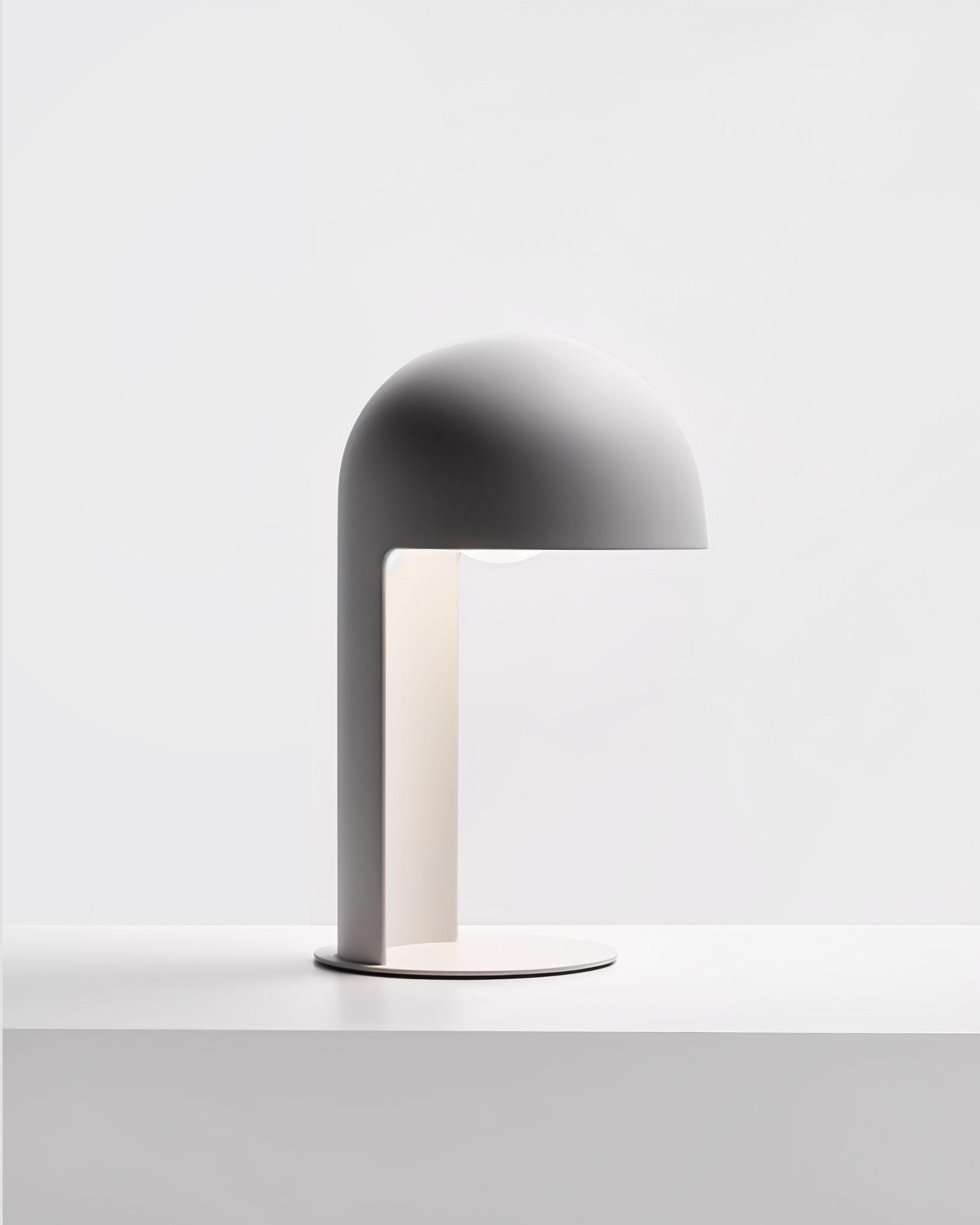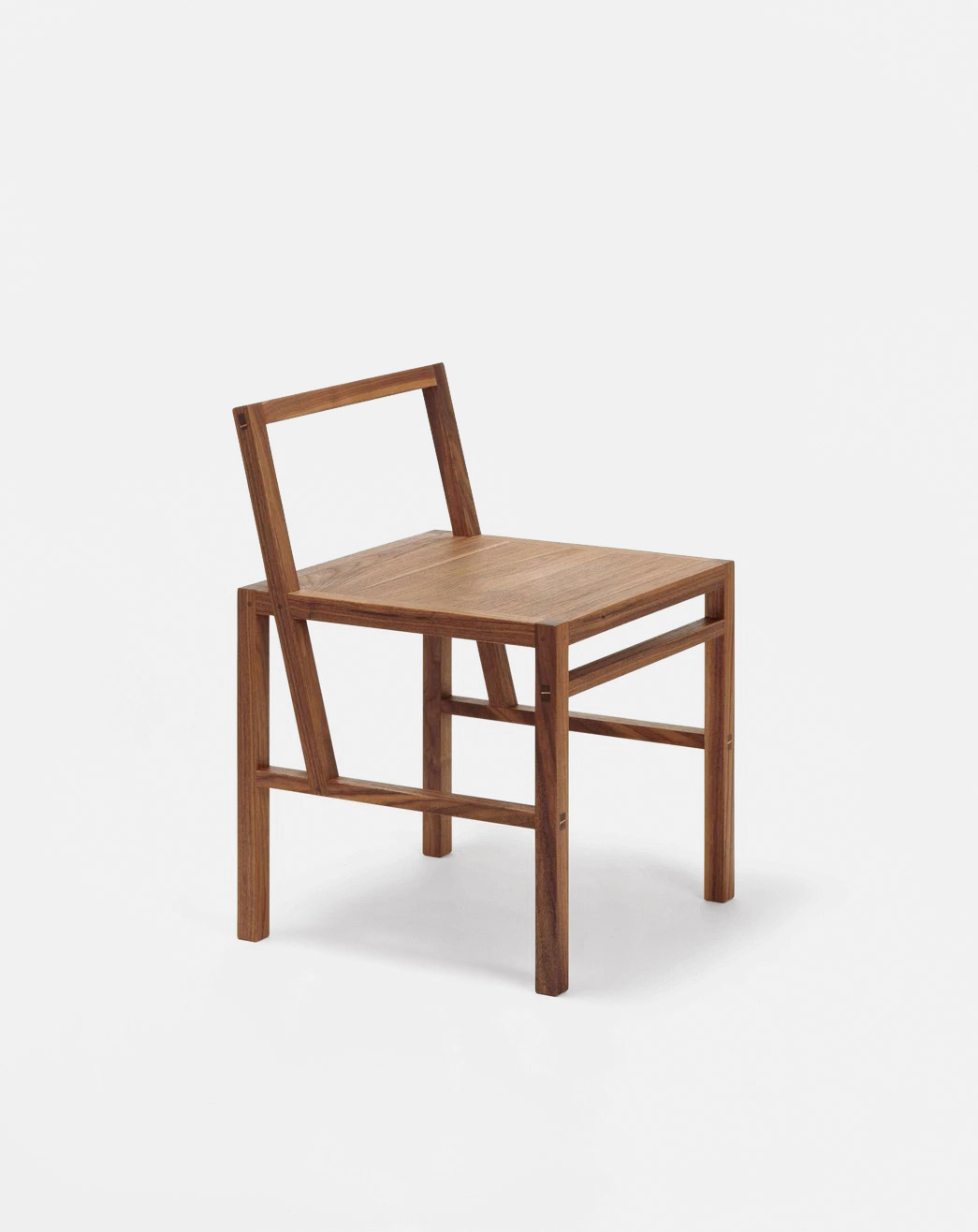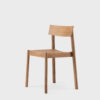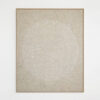Talking about the aesthetics of design is a popular topic that can cause a lot of discussion. Sure, one’s own perception is subjective, but good design is primarily about function, right? So the design should always be judged objectively, right?
Design is a very complex and multi-layered subject that has many facets. It is not so easy to give a simple answer as to whether a design is objective or subjective. It seems to be a real topic of dispute among designers. As is often the case with polarizing opinions, the nuances in between tend to be overlooked. But what exactly is the difference between subjectivity and objectivity? In a nutshell, subjectivity always refers to personal opinion, while objectivity refers to a neutral, impartial, or unbiased view.
Why design cannot be objective
Design surrounds us in every aspect of life, whether it’s for logos, furniture, websites, or anything else. It defines our visual and emotional perception of products and services. Of course, the functionality of a product is a crucial criterion for its success. Without fulfilling the basic function, even the most appealing design is worthless. A chair that you cannot sit on properly has failed its purpose – it’s that simple.
Certain design elements can be measured on an objective level. A study found that specific characteristics can indeed be measured in the brain – we evaluate these objectively (here is the study in case you’re interested). Color, shape, size, composition, and other aspects are some of these characteristics, for example. To achieve this objectivity a target audience is defined, user behavior is examined, and user tests are conducted. Many designers rely precisely on these aspects and are therefore firmly convinced that design is always objective. But is that really the case?


While the functionality of a design is arguably undeniable for some people, aesthetics are a completely different story. It is to a large extent a subjective concept that can vary from person to person and even from culture to culture. However, it is equally possible here to distinguish between subjective and objective aesthetics: Because as mentioned above, there seem to be certain principles to which people respond equally.
But still – Let 10 designers create one and the same product/website etc. and you will get 10 different solutions. Because even if objective design elements are used, they are still applied at the subjective discretion of the designer. They use their personal skills, intuition, experience, and judgment to implement them in their projects. Does this mean that design can never be purely objective?
Because even if objective design elements are used, they are still applied at the subjective discretion of the designer.
Subjectivity as a crucial ingredient
Although the aesthetics of a design is a very personal matter on the one hand, it must always have an objective component on the other. Without an understanding of the functionality and aesthetics that underlie a design, it cannot be successful.
For me personally, design is both. It is always a compromise of functionality and aesthetics – that is, objectivity and subjectivity. And I deliberately say compromise here, because it has to be an agreement of both aspects in order to achieve a harmonious whole. Certain concessions may also have to be made in the process.
In any case, the design process is a balancing act that requires designers to be creative and solution-oriented in equal measure: A design must first focus on its functionality in order to be understood by the user and intuitive to use – and then it must contain a fair amount of subjectivity. This subjectivity of the designer makes the design emotional and individual, two very important ingredients for good design. Because this ensures that the user is attached to it and that the design becomes timeless. But that’s just my humble opinion on the subject.
How do you see it? Should design be objective or subjective for you? Or maybe both?
Further Reading
Interesting article about objective aesthetics, unfortunately only in German: https://designsensor.ch/aesthetik-und-usability/
https://www.toptal.com/designers/ux/design-process-objective-or-subjective
https://medium.com/@3fn/shit-not-designers-say-design-is-subjective-228eba52ad4d
About Exploring Aesthetics:
Sarah loves asking questions and exploring the things she engages with on a daily basis. Exploring aesthetics is her column which discusses art, design, and aesthetics to explore, inspire, and question the status quo.


